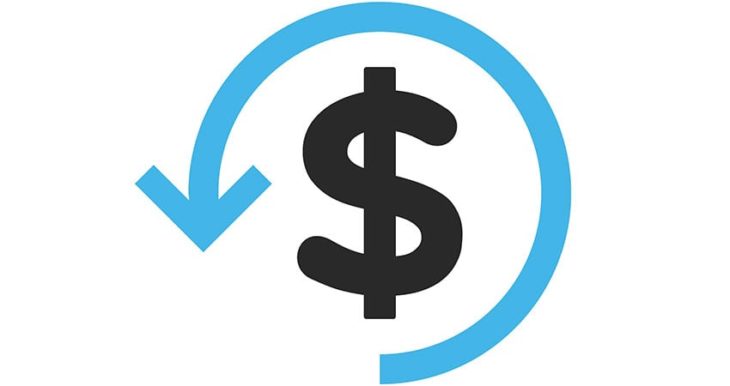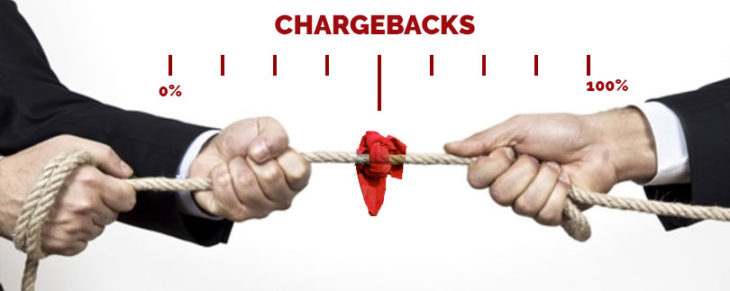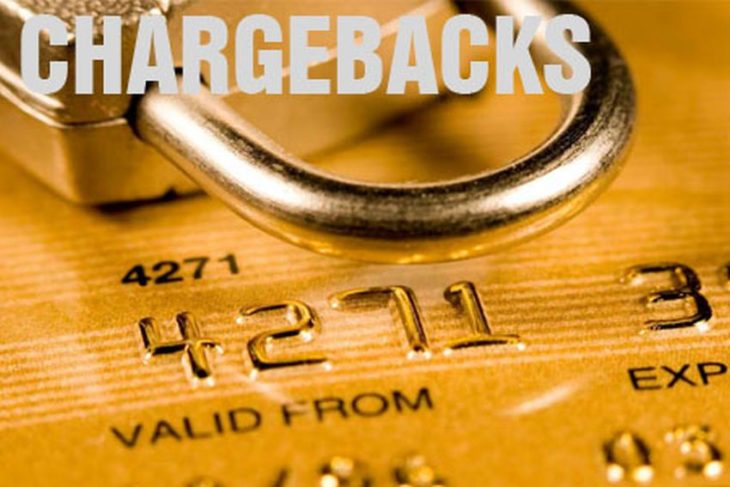Though digital payments have paved the way for merchants to increase their sales, boost revenue and grow at the international level, they have also made chargebacks inevitable for credit card payments.
What is a Chargeback?
A chargeback is a kind of consumer protection that reverses charges from a merchant when credit card holding-consumers dispute a transaction on their bank statement. A chargeback may arise from several reasons common of which is a fraud from the consumer, merchant or a third party. Other reasons include accidental duplicate charging for a product or service, non-delivery of product, dissatisfaction with the ordered product or wrong amount charged.
Process

Img source: multichannelmerchant.com
The usual procedure followed in a chargeback scenario is as follows:
- Consumer files a complaint with the issuing bank
- Investigation of the claim by the issuing bank
- If the claim is found to be valid, issuing bank begins the chargeback process by informing the merchant’s bank and deducting the disputed amount from the merchant’s bank account
- The merchant’s bank (processing bank) does its own research and will contact the merchant
- Depending on whether the claim is found to be valid or invalid, the processing bank will either impose the chargeback fee or invalidate it
- The merchant’s bank presents the chargeback again based on what the merchant says
- The issuing bank takes a final decision. In case of an invalidated chargeback, the charges are returned to the merchant.
How to Reduce Chargebacks
Though it may not be possible to make your business cent percent chargeback-safe, you can still adopt certain measures to reduce the incidence of it happening.
1. Use a PCI-Compliant Payment Gateway
The use of a payment gateway such as My Payment Savvy which is PCI-compliant will enable encrypted transactions and secure transfer of cardholder information. In addition, it will give you the merchant, complete control over your payment logic. This absolute control means you can respond without delay in case of a problem. The outcome is a reduced volume of chargebacks. You could also consider using
anti-fraud tools such as an AVS (Address Verification System).
2. Improve shipping

Img source: chargebacks911.com
It is worth noting that a company which takes weeks to deliver products to their destinations will attract more chargebacks. Try to keep the shipping time to the minimum and clearly communicate the said time to the consumers. In addition, send a confirmation email following purchase and another once the product is shipped with shipping details and tracking information. Also, keep them informed of any delivery delays.
3. Streamline Cancellations and Returns
A return costs far less than a chargeback. So if consumers wish to cancel or return a purchase, having a straightforward, no-hassle-policy for the same can reduce the chances of them pursuing a chargeback. Your refund policy should be visible to consumers prior to the transaction. Make sure it is also there on sales receipts.
4. Provide Quality Customer Service
For a merchant, providing quality customer service should be a priority. Start by ensuring that your team is available online to guide new consumers on how to proceed with shopping and payment with few or nil errors. If you can show your business to be a trustworthy and transparent service provider, consumers would be encouraged to work out a dispute with you first before filing a chargeback request.
When consumers come to you with a dispute, respond to it quickly. If they want a refund, process it at the earliest.
5. Be Clear about the Billing Descriptor
Frequently, consumers ask for a chargeback because of an inability to identify a transaction mentioned in their credit card statement. Do communicate to your consumers what business name would show on their statement. Ideally, go with a descriptor that matches your branding and the name of your website. Provide contact details on the descriptor – a phone number or email or both.
6. Give Lucid Descriptions of your Goods and/or Services

Img source: totalmerchantconcepts.com
Make sure the products and services on your website have clear and up-to-date descriptions. The idea is that the description the consumers read should match up with the product they receive. This will minimize the likelihood of customer dissatisfaction and thereafter, of a chargeback, claim.
7. Get authorizations for both card-present and card-not-present transactions
When doing an in-person transaction, make sure the consumer’s credit card has not expired. Additionally, if it is a magstripe-only card, make sure that it is signed. If not signed, ask the consumer to sign. The new EMV cards do not require a signature.
If dipping or swiping a card once does not get the transaction authorized, refrain from running the card again or multiple times.
In the case of card-not-present transactions, do get the security code number from the consumers. This is the 3-digits code visible on the back of the card. If doing an authorization by phone, do make note of the authorization code, time, date, credit representative’s name and the amount authorized.
Follow the steps above to reduce chargebacks and steer clear of avoidable fees or worse, closure of your processing account.
